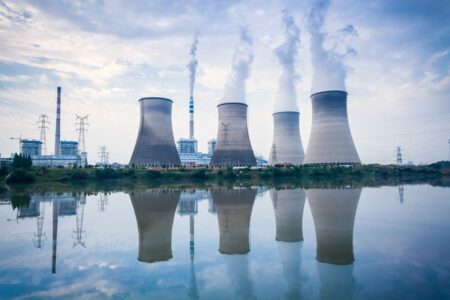The U.S. and Japan seek to forge a climate partnership to combat global warming. Although the two countries have different views on this topic, both sides recognize that they need to work together to combat the global warming crisis. Secretary Kerry also urged China to take more significant steps to combat the problem, pointing to its leadership in renewable energy production. Japan, for its part, has made it a priority to cut greenhouse gas emissions by 46% by 2030 and become carbon neutral by 2050. Secretary Kerry has even suggested that the two countries share renewable resources with Canada and Mexico.
JCLP
The United States and Japan have joined forces to promote decarbonization, energy security, and sustainability in the Indo-Pacific region. Through this partnership, the two countries will support clean energy integration and market transparency and will promote a free and open Indo-Pacific area. The two countries have also committed to collaborating on climate-friendly technologies and innovation.
The U.S. and Japan have made significant progress on the Kyoto Protocol, but there’s a long way before the two countries reach their goals. The U.S. and Japan have already identified more than 30 joint research activities, including accelerating the development of advanced low-carbon technologies, which will limit net greenhouse gas emissions. The two countries will also engage in discussions on the broader global climate challenge, including the effects of decarbonization on global energy.
Japanese Ministry of Economy, Trade, and Industry (METI)
In April 2021, the United States and Japanese leaders signed a new agreement to expand their cooperation on environmental issues. As part of the agreement, the two nations will cooperate on energy issues, including developing renewable energy technologies, industrial decarbonization, and energy storage. These initiatives are critical for both countries to meet their climate goals, but they also require political will. METI will help to foster cooperation on energy issues.
Ultimately, achieving global net-zero emissions by 2050 will require a systemic change. By working together, the United States and Japan can help each other accelerate this transition. They will also continue to work in various international frameworks to ensure the continued development of a net-zero economy and a path toward a sustainable world. METI is part of the U.S. Japan’s climate partnership and will continue to work with DOE to foster clean energy in developing countries.
Japan-U.S. Clean Energy Partnership (JUCEP)
The United States and Japan are joining forces to advance clean energy technologies in the Indo-Pacific region. The joint initiative, the Japan-U.S. Clean Energy Partnership (JUCEP) was launched in April 2021. It aims to support decarbonization efforts, energy security, and sustainable growth. JUCEP will foster an open and transparent energy market and advance clean energy integration into modernized grid infrastructure.
The U.S. Department of Energy is part of the US-Japan climate partnership to promote climate-friendly technologies and clean energy. It is helping to develop new technologies that can reduce global temperatures. But the U.S. and Japan have a long history of collaboration, focusing on environmental and medical sciences in the mid-1960s. Recently, the two countries have broadened their cooperation to include chemistry and computer science.
Japan-US-Mekong Power Partnership (JUMPP)
This clean energy agreement is expected to have significant implications for Japan’s climate policy and decarbonization efforts in Asia-Pacific. In addition to addressing climate change, the new deal highlights emerging leaders’ roles in climate policy. JUMPP will help both countries implement new measures to reduce their carbon emissions.
The United States and Japan are leaders in the climate-change response globally and regionally. As part of the JUMPP, the U.S. helped Japan set a solid and ambitious intermediate goal. The U.S. and Japan have also stepped up their efforts to support other Southeast Asian countries through economic development. This is a positive step in preserving their status as climate leaders and integrating U.S. and Japanese businesses into their countries’ energy infrastructures.














